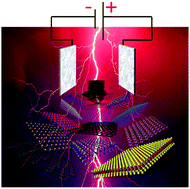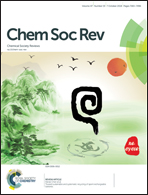Exfoliation of layered materials using electrochemistry
Abstract
After the isolation and discovery of the extraordinary properties of graphene, tremendous interest has been directed towards other layered materials. Known also as van der Waals solids, these materials can offer a much wider range of properties than graphene when exfoliated to single or few-layer sheets with benefits for several different applications. Similar to graphene, a key aspect for the actual application of these materials is certainly represented by the development of efficient fabrication methods able to produce a large quantity of individual sheets of good quality. Electrochemically-assisted exfoliation of bulk crystals represents one of the most promising methods for mass-production of graphene and also other 2D material sheets due to the mild operational conditions, short time, simple instrumentation and high yield of individual layers obtained. We review here the latest and most representative electrochemically-assisted methods of exfoliation of layered materials categorized by the intercalation ion employed. A separate section is also included and dedicated to the recent bipolar electrochemical procedures which through different mechanistic avenues recently demonstrated efficient reduction of both lateral size and thickness of bulk particles of layered materials dispersed in solution. A summary discussion along with future perspectives is also provided in the last section.



 Please wait while we load your content...
Please wait while we load your content...